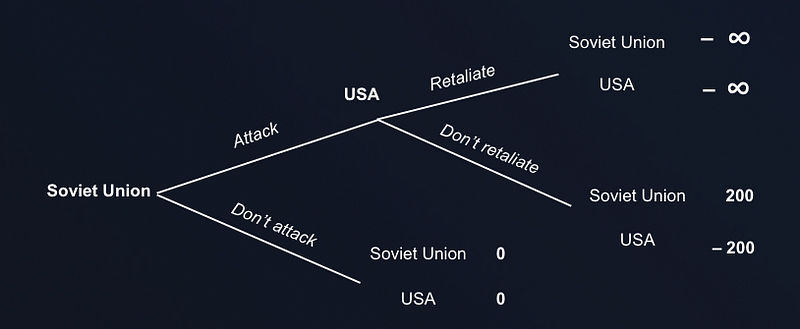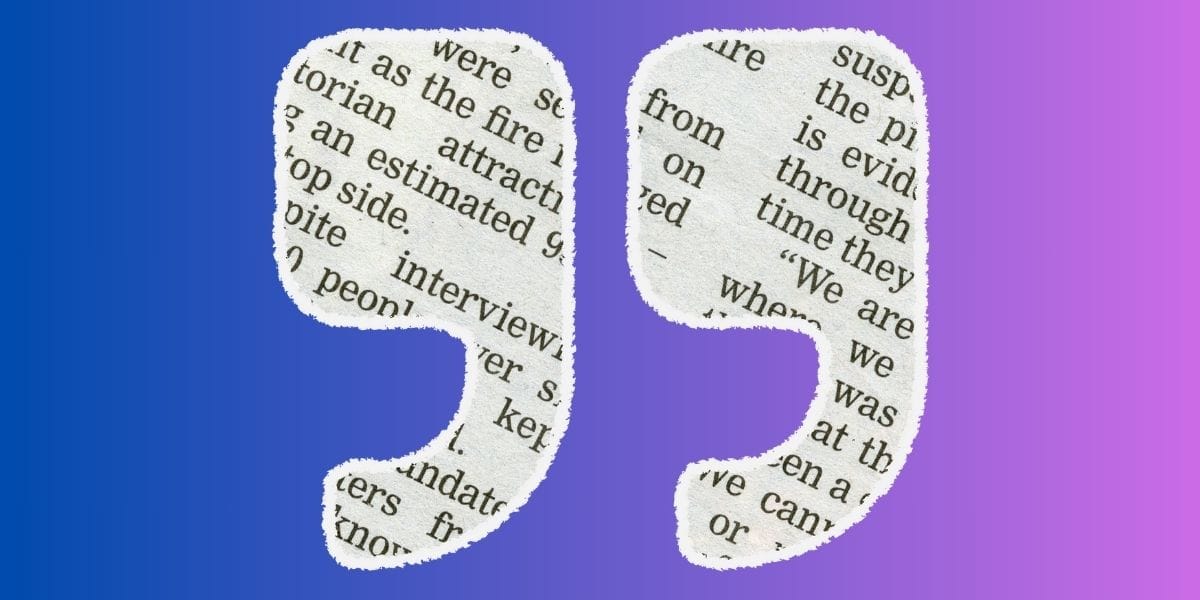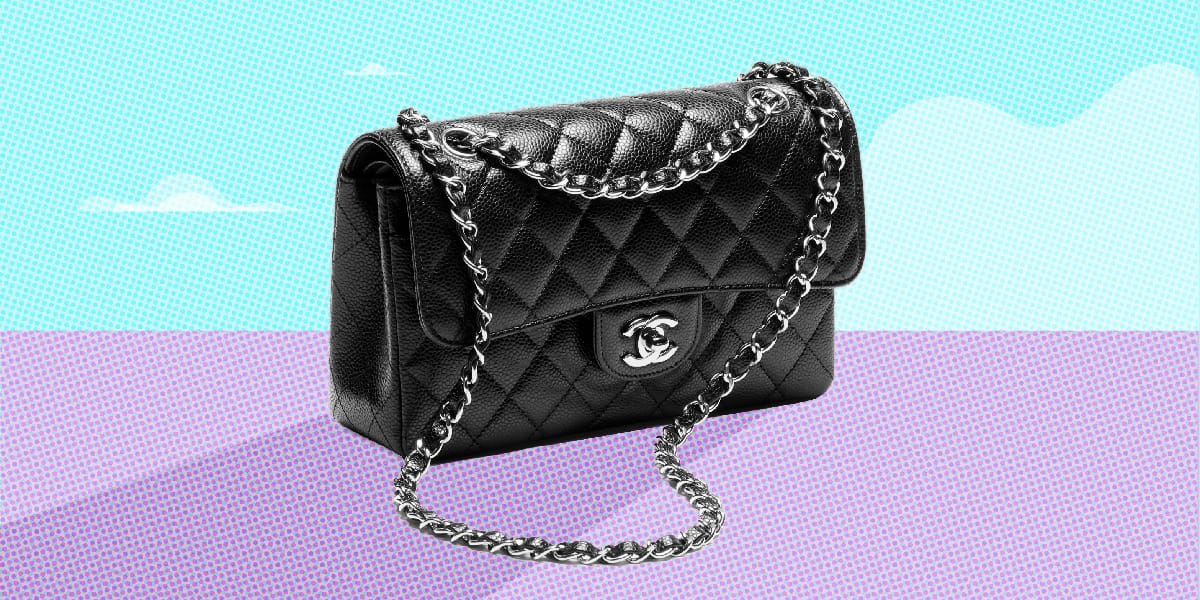Most people are currently talking about the cold war taking place north of The Wall, far from the sunny shores of Westeros, but we’re casting our minds back 70 years to the Cold War — at a time when Game Theory started to accelerate its development and come to the fore in political affairs.
The backdrop to the Cold War was the dissolution of the wartime alliance against Nazi Germany, which left the USA and the Soviet Union as two political and economic behemoths with wholly disparate ideologies. Not dissimilar to the Lannister army and Danaerys’ (with the White Walkers as Nazi Germany in this analogy).
Now this is where we’ll have to end the Game of Thrones references, as we shift from dragons to nuclear weapons. The end of World War 2 brought the advent of nuclear weapons, and both the USA and Soviet Union began to focus their military strategies around their nuclear arsenal.
As you might imagine in the face of full scale nuclear armageddon, things were pretty tense, but did everyone need to be worried? Leading game theorist, Thomas Schelling, didn’t think so, seeing nuclear weapons as a deterrent.
Let’s model out the cold war in a game, and find out why the world wasn’t blown to pieces before many of us were born…

Interpreting the game
In the game above, the Soviet Union makes the first move (we could have chosen the USA to make first move, it doesn’t make a difference). The Soviet Union must decide whether to use their nuclear weapons and attack, or not (don’t attack).
If the Soviet Union choose don’t attack, the game ends, a stalemate where no nuclear weapons are used.
If the Soviet Union choose to attack, the USA must make a decision whether to retaliate, or not (don’t retaliate).
The Payoffs
The payoffs for each player are shown at the end of the branches.
In this game the payoffs are measured in “utility” to the player. The numbers are fairly arbitrary, and only matter in their relation to each other.
If our game ends in a stalemate, both players receive a payoff of 0, no better or worse off than before.
If the Soviet Union attacks, and the USA retaliates, both players receive a payoff of negative infinity — the game ends in mutual destruction of both players (doesn’t sound like fun).
If the Soviet Union chooses to attack, and the USA chooses don’t retaliate, the Soviet Union receive a payoff of 200 and the USA -200.
Solving the game
When solving the game, we must work out which action the Soviet Union will take to start the game — so the Soviet Union has two choices:
Don’t attack: Receive a payoff of 0.
Attack: Receive a payoff of…?
Before the Soviet Union decides whether to attack or not, they must work out what the USA will do if they attack (so they know what their payoff will be).
USA’s choice is pretty simple, retaliate and receive a payoff of negative infinity, or don’t retaliate and receive a payoff of -200.
So if the Soviet Union attacks the USA will choose don’t retaliate, and Soviet Union will receive payoff of 200.
So the Soviet Union’s choice is:
Don’t attack: Receive a payoff of 0.
Attack: Receive a payoff of 200.
So the solution to this game is Soviet Union attacks, USA does not retaliate…
This doesn’t seem right…
That’s because there’s a key component we left out of the game.
What if the USA could promise the Soviet Union that if they attack the USA would retaliate? No rational player would choose a payoff of negative infinity over -200. This is what game theorists call a “doomsday device”, a device in the game that triggers retaliation if the first player attacks.
How does this change things?
Well if Soviet Union knows that the USA will retaliate if they attack, then the choice becomes:
Attack and receive a payoff of: negative infinity
Don’t attack and receive a payoff of: 0
So the Soviet Union does not attack, and we have a Cold War stalemate. The threat of complete nuclear destruction acted as a deterrent for either side using the weapons.
And this is roughly what happened in the real war…
Both sides employed a few strategies equivalent to the doomsday device. Both sides established nuclear submarines all over the world, ready to strike back if their main bases were hit, the US kept nuclear armed planes in the air for 3 decades ready to respond. As well as this, both sides adopted what is known as the madman strategy, convincing the other player that they are not rational thinkers and they will respond with retaliation even if it is not in their best interests.
There were a number of other factors at play during the Cold War, and indeed it could have played out so differently in practice. Miscommunication nearly caused missile strikes on multiple occasions. However we think it’s pretty cool that you can model 30 years of tension in a fairly simple game, hopefully you do too.
We’ll revisit Game Theory again, and its implications for the real world!



